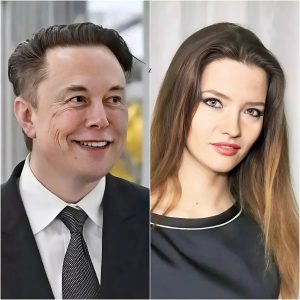In a recent statement that has piqued the interest of conspiracy theorists and aviation enthusiasts alike, Elon Musk, the visionary CEO of SpaceX and Tesla, made headlines by addressing the alleged existence of the TR3B Black Manta, a purported top-secret anti-gravity spy plane. Musk’s assertion that this advanced aircraft “doesn’t exist” has sparked a flurry of speculation and debate about what this implies regarding military technology and the boundaries of aerospace engineering.
The TR3B has long been a subject of fascination, often linked to shadowy government projects and rumored to utilize propulsion systems far beyond conventional means, including anti-gravity capabilities.
Critics and advocates of such theories have rushed to interpret Musk’s comments, with some arguing that his denial could be seen as a cover-up, while others believe it is simply an effort to steer the public away from potentially classified or sensitive advancements in aeronautics.
Musk’s revelations come at a time when interest in unidentified aerial phenomena (UAP) and advanced military technology is at an all-time high, heightened by recent government disclosures and public discussions about the need for transparency. This statement not only raises questions about the accountability of defense projects but also about the future of technological innovation and its implications for national security. As discussions swirl around Musk’s words, the intrigue surrounding the TR3B Black Manta continues to grow, leaving many to wonder about the true state of clandestine aerospace research and what the future may hold for advancements that currently seem to dwell in the realm of science fiction.





